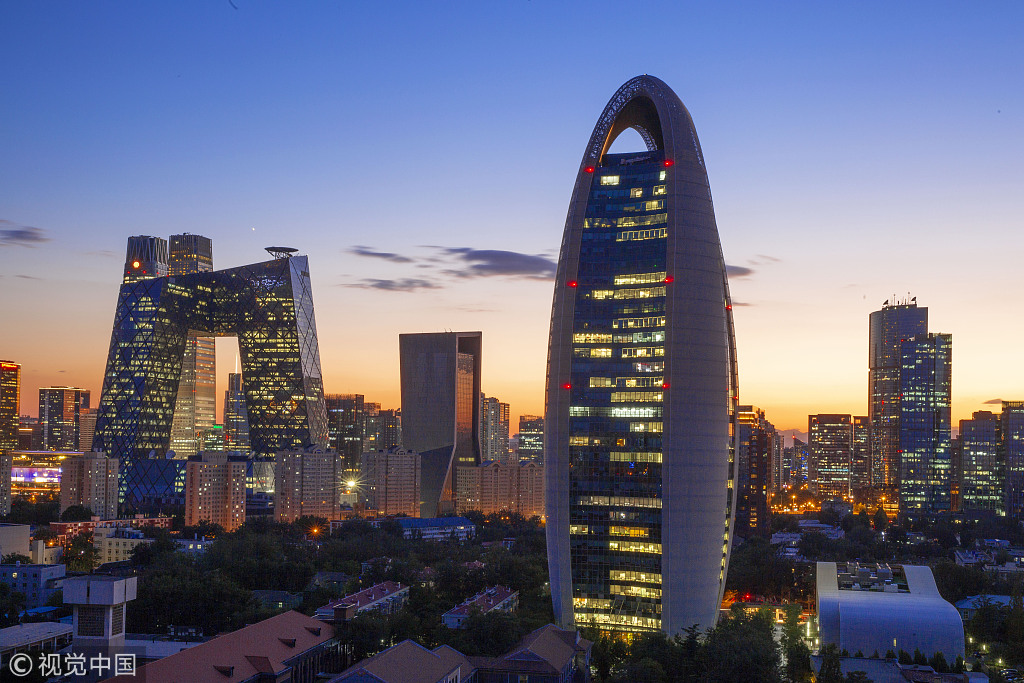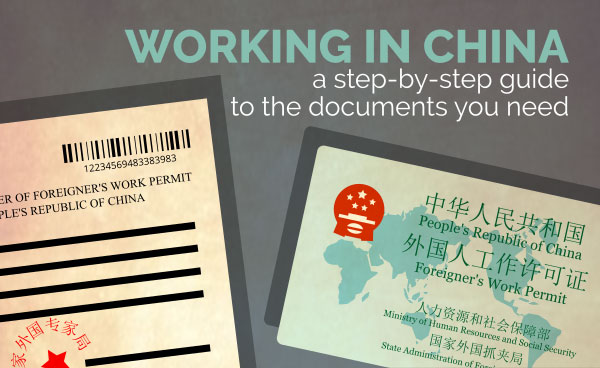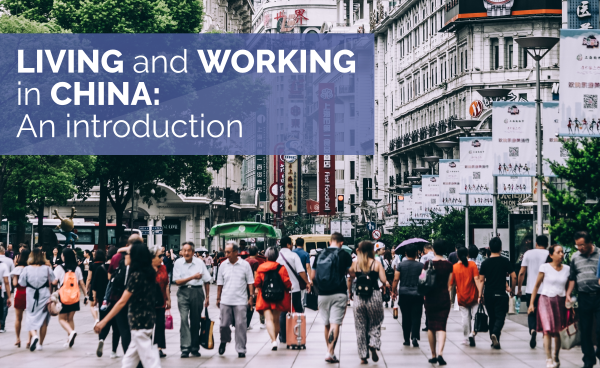
Climate change, global warming, and environmental catastrophes, are what we have been hearing about for decades all around the world. It is arguably the biggest threat to the future of our planet, and ultimately to our existence. While some countries are still debating, and arguing over whether or not these scares are legitimate, or whether they are part of some political conspiracy, China surely is not waiting around to find out. Today, China is an unequivocal leader in the field, leaving much of the developed world behind on its way to a greener future.
Yes, China has been one of, if not the largest contributor to the problem, and this can be witnessed simply by looking out the window at the smog. Out of the top ten most polluted cities in the world, China claims seven. But while being the world’s most populous country, and focusing so much energy on becoming an economic powerhouse, China has not only owned up to its unintended negligence of this problem, but has begun in making huge transformations in favor of the environment. It quickly became clear that economic development is not only measured by the nation’s GDP, and certainly cannot come at the expense of the environment. Something drastic had to be done to let the living standards of the nation, match up to its’ wealth.
The dramatic transformation China has gone through over the last 3 decades, saw the rise of countless factories, highways, cars, skyscrapers, and industries. There was no preparing for the environmental impact that would follow. While it may seem impossible, China is taking positive actions to tackle the problem head on, before it is too late. The establishment of millions of jobs has taken place in industries directly related to the problem, such as in transportation, energy, and forestry.

The widely beloved coal industry which helps keep the country warm in the long winters up North, is strategically being replaced by green energy sources, mainly wind and solar. Coal-burning is by far the largest contributor to China’s pollution, and is now being converted across the nation, into Synthetic Natural Gas (SNG), primarily for residential and commercial heating. In 2017 alone, 85 coal mega-power plants have been laid to rest, while 2.5 trillion RMB were injected into green energy.
These developments might come as a surprise to most, since as recently as 2008, air quality data was considered a state secret, and there was no transparency regarding the issue, leading many to believe that the denial coming from the top meant bad news for us all. Fortunately, China’s leaders did a total ‘180’ on the subject, most obviously after the 2011-2012 “airpocalypse”, which saw new alarming levels of pollutants in Chinese skies, enough to trigger a ‘red alert’, ordering students and workers to stay home. This triggered the “National Air Pollution Action Plan”, which is being carried out presently.
As a matter of fact, despite the common negative portrayal in international media, China has taken more actions to tackle the problem than most of the developing and developed world. In the beginning of this decade, China’s investments in renewables accounted for 61% of the total by developing countries, and the figure has been steadily increasing every year. The renewable power production capacity in China is almost double that of the US, and not even in the same league compared to the rest of the BRICS countries. But China’s leadership in the field has not only been good domestically. The example that was set through this plan, has allowed the developing world – for the first time ever – to surpass the investment of the developed world, in 2015.
Thanks to these brave steps, China is now – among its many other achievements – the largest manufacturer of wind-turbines, and lithium ion – which are two crucial elements for becoming a green-energy based economy. It became very apparent that there wasn’t need for further incentives in the development of these fields, as the market for them has been booming worldwide. Job creation in renewable energy is held at 3.5 million jobs in China, out of a global total of 8.1 million, with the sector expected to generate up to 13 million more jobs by 2020.
Recent legislation has placed strict regulations on energy-intensive industries, especially those on the more polluting side of the spectrum, in order to assist the renewable energy integration into the nation. Polluters found to be in breach of the newly-set standards of harmful output, are facing strict penalties, shaming, and even prison-time for the heads-of-companies. China’s EPA has recently ordered the shutting down of tens of thousands of factories, making it the biggest pollution crackdown globally to date.
Incentives are also being placed on another crucial industry; automobiles. On their way to becoming “the Detroit of electric cars”, Chinese auto-manufacturers and related industries are putting all focus and attention on creating a sustainable system for the use of electric vehicles. Speculations even talk about a proposed “gas and diesel ban” in the distant future. Subsidies offered by authorities to electric vehicle manufacturers, means good news for everybody, and the figures can back it up. In 2017, almost 50% of EVs sold worldwide were right here in China, with hopes of increasing the number by a threefold in the next two years.
Many of the nation’s largest start-ups have taken enormous turns to adapt to the green-future vision. The world’s largest ride-hailing service – Didi Chuxing – was one of the first to jump on the eco-friendly ride, with initiatives taken to join forces with 12 Chinese and international electric carmakers who together aim at setting the standard for a more environmentally sustainable ride-sharing experience.
In 2016 alone, China has launched more than 10 electric vehicle models in different car-classes, appealing to an extremely wide market of drivers. Incentives such as free parking, free license-plates, and public charging stations, are just some of the offered perks for participating in the change.
More recently, the plan to tackle pollution has begun to include public participation as well. Garbage sorting and separation has for years been encouraged in China, but due to unsatisfactory results; is now being enforced more strictly. New regulations now place fines and lowered social-credit for citizens who misplace trash in the wrong can. The law is already beginning to be enforced in many first-tier cities, and is expected to reach 46 cities by next year.
Many other targets have been set in different sectors across the country, all with a very future-oriented outlook, even at the sake of economic slowdown. At the moment, China has already started construction of the world’s first “forest-city”; a concept aimed at creating a unique colony filled with hundreds of species of plants, which together can reduce average temperatures, improve air quality, and ultimately better the entire biodiversity of the region.
Even with such massive scales of investment and progress, China and the world are still in the early stages of building our desired future. As these developments are happening, China has proven to be the key player on the path to the much-needed change, and will hopefully raise the bar for the rest of the world.
( By: MaLong)










 京公网安备 11011202001511号
京公网安备 11011202001511号